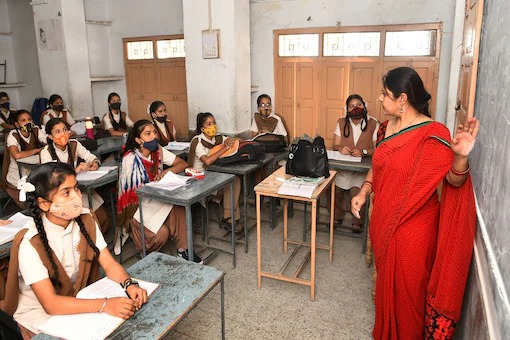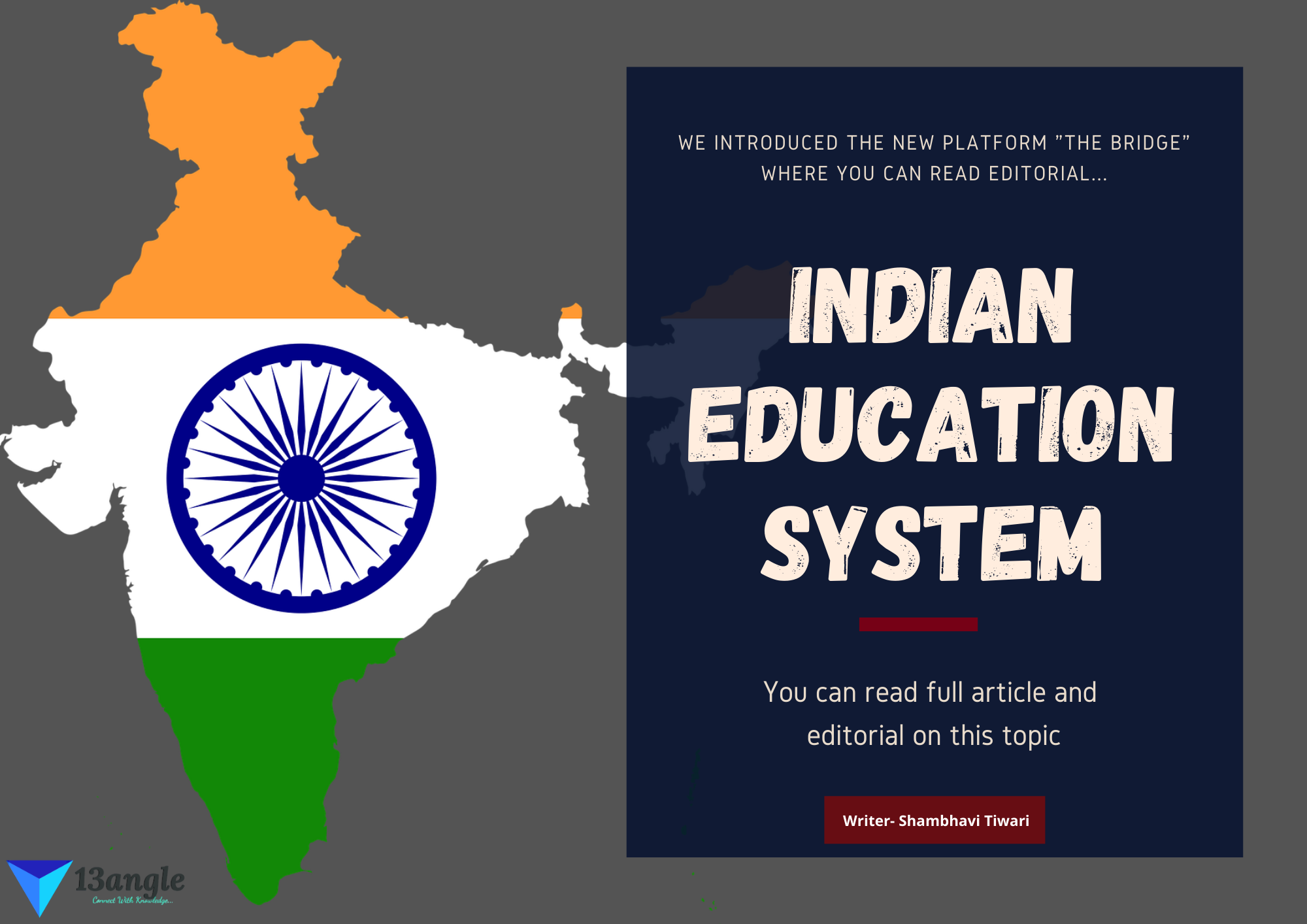
On the 28th of July 2020, a New Education Policy was approved by the government of India, thus replacing the 34-year-old policy of 1986. The policy of 1986 was an important reform in the history of the Indian Education System, as it aimed towards the promotion of education for the deprived classes and women. But the newest reform of 2020 aims at offering a skill-oriented approach in education. In the future, we can hope to see bright minds with clear and innovative ideas regarding their work. Currently, there are many questions and a lot of confusion on how the NEP 2020 will impact Indian Education and thus the future generations.
The New Education Policy has introduced an increment in the span of the Right to Education Act, which now covers the ages 3 to 18 years, thus increasing the essence of education among a larger population.

The policy introduced the 5+3+3+4 system in school education replacing the old 10+2 system. The first 5 years, including the 3 years of pre-schooling, will help children build a strong base at the foundation level so that they easily adapt to a ‘keep learning’ attitude as they grow older.
Next, the students in school will be allowed to select the subjects of their choice across all three streams – science, art, and commerce. This too is beneficial because then students can have a flexible thought process, and therefore won’t be bound to follow something, not of their interest.
- A large number of reforms are also introduced in higher education. Firstly, the policy wants higher educational institutes (HEIs) to aim at becoming multidisciplinary by 2040. So here a student won’t be bound while making his/her choice of college, and will also be allowed to go for an option of study apart from his/her mainstream course. Secondly, the scope of attaining higher education will increase for most of the students as the policy wants to raise the number of seats by 3.5 crores, which would also help in raising the Gross Enrolment Ratio (GER) to 50% by 2035. Next, reform in this field is the establishment of branches of foreign universities in India. This is undoubtedly beneficial for the students who fail to get into their dream universities situated abroad.
Apart from these major notable reforms in secondary and higher education, many more reforms and amendments have been done. Since there’s no rose without thorns, the same policy itself puts forward a lot of disadvantages.
Firstly, the use of a native language as a medium of expression is not as beneficial because finding an appropriate teacher would become a task. Also there remains no uniformity in language among the students of different regions. Next, increasing the graduation period to 4 years is another point of disadvantage. A person who could complete a Diploma degree in 2 years, will now have to study for 4 years, thus leading most of them to leave the course midway.
There’s a lot more to know about this policy. There are a large number of merits and a few demerits of the policy. Now, it’s our turn, as the spectators, to see the progress of the policy. And if proper execution and implementation are done, the results can turn out to be positive.

For deep details, you can read the full article. Click the link below :
Written by- Shambhavi Tiwari





